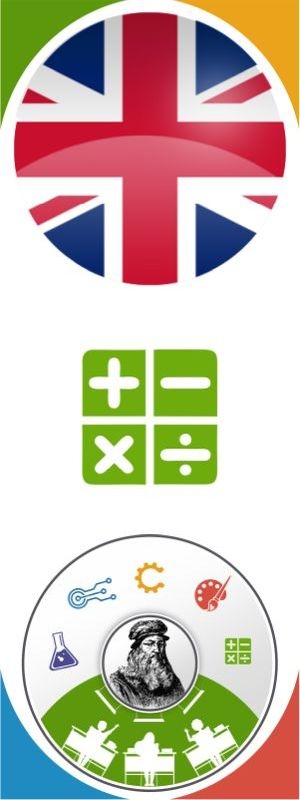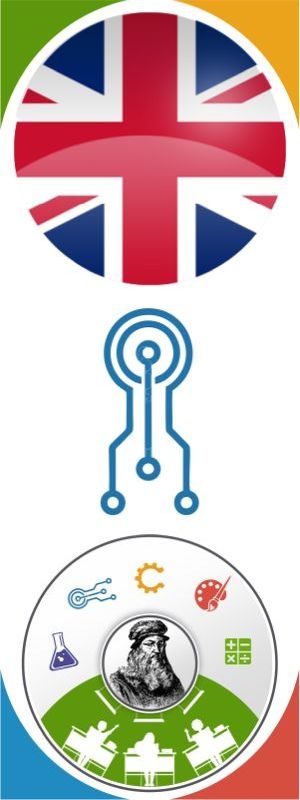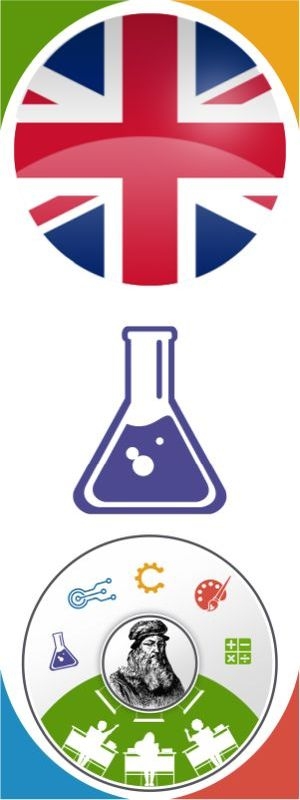Displaying items by tag: solar system
Wednesday, 05 June 2024 10:50
Journey to Mars
Innovative solutions against problems that may arise during space travel
You are in a team that will solve the problems that may arise during the journey on a journey to space. Teacher divides the class into 4 or 5 groups according to the number of students and distributes problem scenarios such as Designing a Spaceship, Designing an Astronaut Suit, Travelling to Mars, Designing a Solar System as 1 task for each group. It is expected to create solution scenarios as a team for the problem scenarios.It is expected that each team will propose solutions to the problem situations and will experience the design and simulation of these solutions.The problems scenarios are;
1. Spaceship Design: Although many different spaceship designs have been developed, the biggest problem of spaceships is the heating problems during take-off and landing. For this problem, design your own spaceship and explain the features of this ship.
2. Designing Astronaut Outfit: Today, technology takes its place in our clothes as in many areas. At this point, design your own astronaut suit and explain which problems that suit can offer solutions to in space.
3. Journey to Mars: The most important part of the Mars mission in space travel is the landing phase. At this point, how do you determine a safe way for the spaceship to land on Mars. Provide your design for this and test your design by putting an egg into the design you have realised from the 1st floor of your school and testing whether the egg remains stable when you throw it.
4. Solar System Design: One of the most important issues when travelling in space is navigation. At this point, design your solar system to find out which planet is where and to be able to move between planets.
Additional Info
- Language English
- STEAM Fields Technology
- Age Group 6, 7, 8, 9, 10, 11
- Difficulty Level Challenging
Published in
Scenarios
Tagged under
Wednesday, 05 June 2024 07:51
Space Trip
Students will have the opportunity to learn how to code and use mathematical concepts when work with coding algorithms.
Additional Info
- Language English
- STEAM Fields Mathematics
- Age Group 7, 8
- Difficulty Level Moderate
Published in
Scenarios
Tagged under
Wednesday, 05 June 2024 06:45
A Mythological Trip into Space
The space and the solar system are fascinating topics for students, as they provide them with an opportunity to explore the world around them. Through learning about our solar system and its planets, students can understand our position in the universe, be inspired by its magnificence, and dream about what the vast cosmos may hold for us. Students will become familiar with the planets and their orbits around the sun, develop their curiosity, study constellations, and construct solar systems. There is a connection with the History lesson in the 3rd grade of primary school, helping students understand the evolution of human knowledge, science, technology, and culture.
The use of digital tools suitable for the students' age will be incorporated, promoting active participation and engagement for all. Students are familiar with the use of these specific tools and have developed the necessary skills for using online and computer applications, as well as mobile device applications.
Additional Info
- Language English
- STEAM Fields Technology
- Age Group 8
- Difficulty Level Moderate
Published in
Scenarios
Tagged under
Tuesday, 04 June 2024 14:59
Where is the Moon?
This scenario aims to enable students to acquire knowledge about space and the solar system,
develop observation skills, and strategic thinking, thus fostering their interest in STEM subjects.
The game provides an enjoyable learning experience and encourages students to engage in
scientific discovery. To teach students about the distance relationships between celestial bodies
within the solar system. To enhance students' observation skills. To help students grasp
fundamental concepts related to space.
Additional Info
- Language English
- STEAM Fields Science
- Age Group 6, 7, 8, 9, 10
- Difficulty Level Easy
Published in
Scenarios
Tagged under











